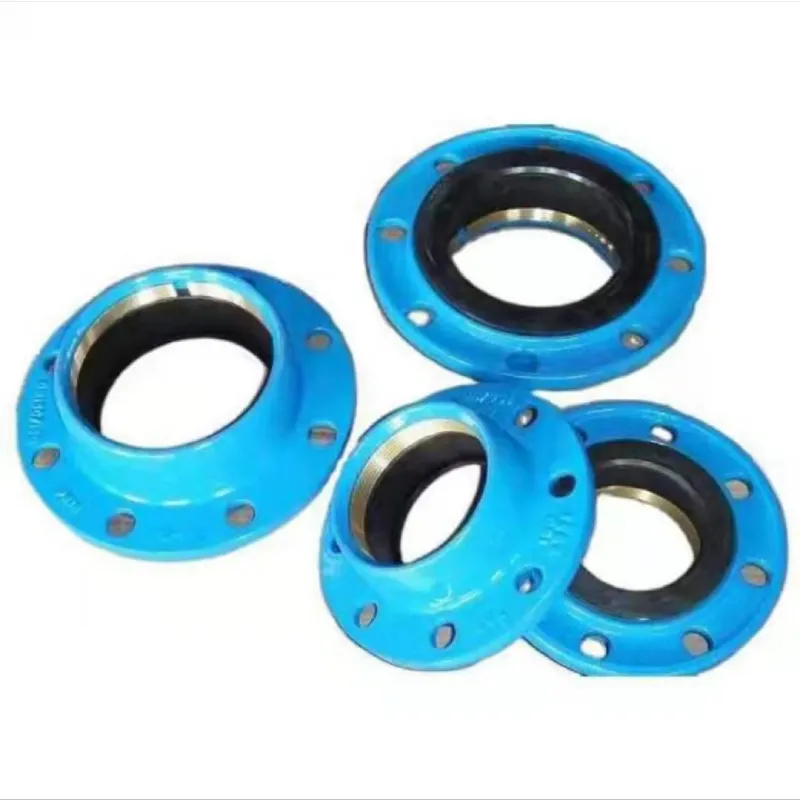Motorised Butterfly Valve - Efficient Flow Control Solutions
Understanding Motorised Butterfly Valves Functionality and Applications
Motorised butterfly valves are essential components in various industrial processes, providing a reliable means of controlling the flow of fluids, gases, and even solids within piping systems. These valves are characterized by their simplicity, robustness, and efficiency, making them an ideal choice for both everyday and critical applications.
A butterfly valve consists of a circular disc that rotates around a central axis. When the valve is closed, this disc obstructs the flow path; when opened, the disc rotates 90 degrees, allowing fluid or gas to pass through. The motorised aspect refers to the integration of an electric actuator, which automates the opening and closing of the valve. This automation not only enhances operational efficiency but also allows for precise control in managing flow rates.
One of the key advantages of motorised butterfly valves is their ability to quickly and effectively control flow with minimal pressure drop. This characteristic makes them particularly suitable for applications where fluid dynamics are critical. The design of the butterfly valve enables it to handle high volumes of fluid, even at low pressures, making it a cost-effective solution for large systems.
In industrial settings, motorised butterfly valves are widely used in sectors such as water treatment, HVAC systems, food and beverage processing, and chemical manufacturing. For instance, in water treatment facilities, these valves regulate the flow of water through various stages of the treatment process, ensuring that water quality is maintained and enhanced. In HVAC applications, they play a pivotal role in controlling air circulation and maintaining desired temperature levels.
motorised butterfly valve

Motorised butterfly valves also offer versatility when it comes to control options. They can be operated using various technologies, including ON-OFF control, modulating control, and even smart control systems that integrate with a plant’s automation framework. This flexibility allows engineers to select the most suitable control strategy for their specific application, ensuring optimal performance and reliability.
The maintenance of motorised butterfly valves is another area where their advantages shine. These valves typically require less maintenance compared to other valve types, such as globe or gate valves. Their simple design reduces the complexity of repairs, and routine inspections can often be performed without the need for extensive downtime.
Despite the many benefits, it is crucial to consider certain factors when selecting a motorised butterfly valve for an application. The choice of materials, for instance, is paramount, as they must be compatible with the fluids they will handle. Furthermore, the actuator size and type must align with the specific operational requirements, including torque needs and response times.
In conclusion, motorised butterfly valves represent a crucial innovation in fluid control technology. Their combination of efficiency, reliability, and ease of use makes them indispensable in various industrial applications. By leveraging the power of automation, they not only enhance operational capabilities but also contribute to the overall efficiency and safety of industrial processes. Whether in water treatment, manufacturing, or HVAC systems, the role of motorised butterfly valves will undoubtedly continue to grow in importance as industries seek to improve their fluid management strategies.
-
Square Sewer Cover Enhances Urban SafetyNewsAug.01,2025
-
Pipe Fitting Requires Precise AlignmentNewsAug.01,2025
-
Manhole Step Is DurableNewsAug.01,2025
-
Manhole Cover Is Found WorldwideNewsAug.01,2025
-
Hole Cover Frame On RoadsNewsAug.01,2025
-
Gully Grate Improves Road SafetyNewsAug.01,2025
-
Man Hole Cover Round Load CapacityNewsJul.31,2025
